Head lice and other parasites
In OTC
Follow this topic
Bookmark
Record learning outcomes
As the new school term gets underway, even with social distancing measures in place pharmacy teams can expect a resurgence in queries about head lice
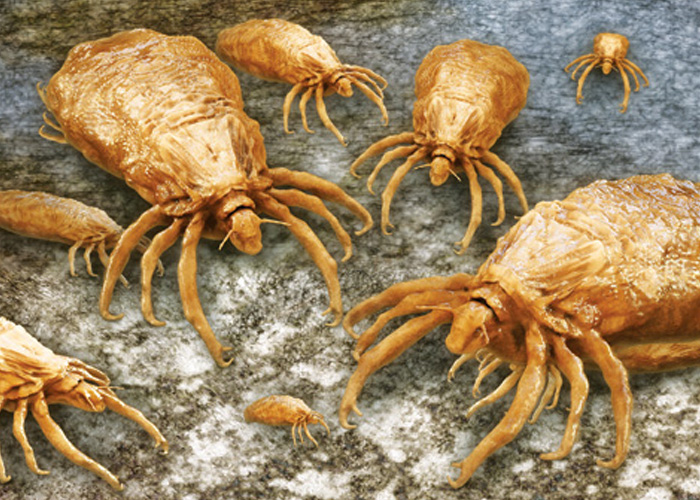
Learning objectives
After reading this feature you should be able to:
• Provide parents with detailed guidance on the identification and treatment of head lice
• Advise on key causes of treatment failure and debunk popular myths surrounding head lice
• Offer OTC recommendations for managing other common parasitic infections such as threadworms and scabies.
As schools closed their doors way back in March to the majority of pupils, one (small) bright spot in the gloom of the Covid-19 pandemic has been a hiatus from the perennial problem of head lice. These tiny wingless insects, which lack the ability to jump, hop or fly, can only be transferred via direct head-to-head contact, so the social distancing measures in place in schools may continue to stem the spread of infection.
There have even been suggestions that Covid-19 and the associated school closures could have provided a stepping stone towards eradicating head lice for good.1,2 However, this would have required all current carriers to be successfully identified and treated before schools reopened and social distancing started to be eased. Given that it only takes 30 seconds for a single louse to transfer from one scalp to another, some level of transmission is still to be expected.3
Detection and treatment
Detection and treatment are the cornerstones of effective head lice management. The first step is to confirm an active infestation. This requires finding a live louse. The presence of characteristic symptoms such as scalp itching or louse eggs (also known as nits) is not sufficient for diagnosis. It is also important not to use head lice treatments ‘just in case’ as this can fuel the development of resistant strains of lice.
To check the hair for lice, pharmacy staff should advise parents to carry out systematic detection combing using a fine-toothed detection comb. This can be done on wet or dry hair, although there is some evidence to suggest wet combing, with conditioner applied, is more sensitive at detecting lice than dry combing.4 According to NICE Clinical Knowledge Summaries, the key principles of effective detection combing are to:
- Thoroughly brush and untangle the hair using a wide-tooth comb. If wet combing, the hair should be washed first and ample conditioner applied
- Choose a comb made of good quality plastic with teeth that are 0.2-0.3mm apart
- Comb through from the crown to the tips of the hair, keeping contact with the scalp for as long as possibleCheck the comb for lice after each stroke
- Work through the hair systematically and in sections until the whole head has been covered.
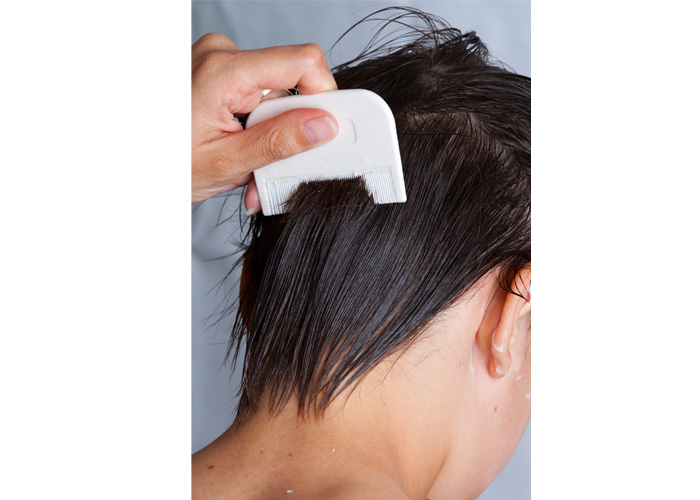
Mechanical, physical or chemical?
Once diagnosis is confirmed, there are three main approaches to treating head lice – mechanical, physical and chemical.
Mechanical treatment involves thorough wet combing on days one, five, nine and 13 to catch and remove lice and nits. Current advice from the NHS is to try wet combing first, moving onto medicated lotions and sprays only if live head lice are still present after 17 days.5 NICE Clinical Knowledge Summaries, on the other hand, suggest that treatment choice should hinge on the individual preference of the parents based on the advantages/disadvantages of each approach, what’s been tried previously and cost considerations.4
Physical insecticides contain silicone or fatty acid esters that coat the outer surface of the head lice and smother them to death, while chemical insecticides work by poisoning the lice.
NICE CKS provides a thorough breakdown of the advantages and disadvantages of each product that pharmacists can use to navigate their way through the wide array of lines available.4 Whichever one is chosen, certain key advice is essential to ensure customers treat head lice effectively.
Pharmacy staff should ensure that a sufficient amount of treatment is supplied to complete a full course. Larger bottles (or several small bottles) may be needed for longer, thicker hair. Product instructions should be followed closely, checking first for any contraindications to use. Insecticides should be applied to all areas of the scalp and to all of the hair from root to tip, making sure to leave the product on for the full recommended time.
In some cases, a second course of treatment may be required after one week to eradicate any newly hatched lice. When using a wet combing technique, parents should be realistic about the amount of time required to carry this out effectively: 10 minutes for short hair and as long as 20-30 minutes for long, frizzy or curly hair. NICE also recommends two combing procedures be used at each of the four treatment sessions.
Pharmacy staff should be aware that wet combing or dimeticone 4% lotion are the recommended first-line treatments for pregnant or breastfeeding women, young children aged six months to two years, and people with asthma or eczema.4,5 Shampoos are not recommended in any instance due to their dilution, which results in insufficient contact time to kill eggs.
Treatments with limited evidence of efficacy should be avoided. This list includes products containing permethrin, head lice ‘repellents’, electric combs for head lice, and tree and plant oil-based herbal treatments such as tea tree, eucalyptus and lavender.5
Key facts
• Treatment for head lice should only be recommended if a live louse is detected
• Children’s hair should be checked regularly to allow for early identification and treatment
• Common reasons for treatment failure are non-compliance, misdiagnosis and reinfection.
Prevention
In addition to guidance on managing an active infection, pharmacy teams can advise parents on key steps to help avoid future head lice infestations. Parents should be encouraged to check the hair of any primary school aged children regularly for head lice using detection combing.
When a case of head lice is confirmed, it is important not just to focus on the infected person but also to thoroughly check the hair and scalp of every other household member. If head lice are detected in any other individuals, all should undergo treatment at the same time. As a precaution, the combs and brushes of an infested person should be washed daily in hot water. Once a course of treatment has been completed, the hair should be checked weekly for the next month to ensure it is clear of all lice.
Head lice are most common in children aged four to 11 years, who typically play in close contact with each other.4,5 Other activities that can increase infection risk in children of all ages include sleepovers, particularly where bed sharing is involved. The increasingly popular teenage practice of taking selfies – where several people cluster close together to fit into a single shot – also provides opportunities for lice to transfer from scalp to scalp. Despite parental worries about the ever-present risk, prophylactic use of head lice treatment products should be discouraged as this can fuel the development of resistant strains of lice.
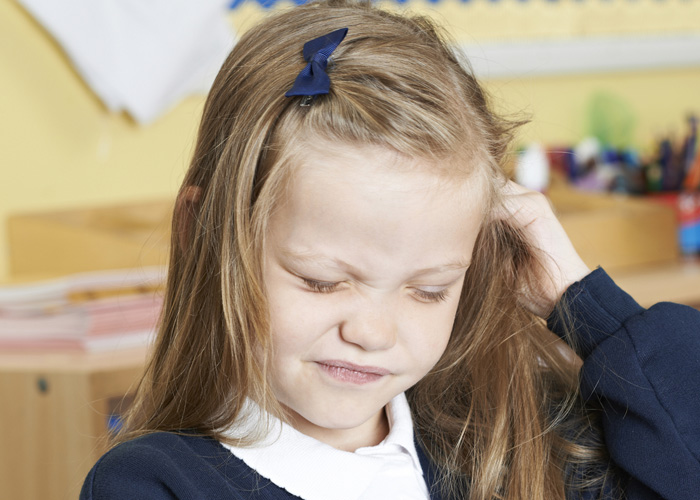
Head lice outbreaks are typically fuelled by failure to identify and treat infected individuals promptly
Addressing the key questions
Head lice outbreaks are typically fuelled by a failure to identify and treat infected individuals promptly, allowing the lice to spread and a chain of transmission and reinfection to become established.
This highlights the importance of regularly checking the hair of primary school-aged children and notifying the school if lice are detected so parents can be informed and outbreaks contained.
In some cases, treatment will be carried out but fail to eradicate all eggs and lice. Among the common reasons for this treatment failure is resistance. A 2016 study in the US estimated that 98 per cent of all lice now carry genetic mutations rendering them resistant to traditional chemical insecticides such as pyrethins, pyrethroids and permathins.6 Fortunately, resistance is much less common with physical insecticides that work by suffocating the lice – so these products still retain an important role in OTC management.
Other possible causes of treatment failure include not following the product application instructions correctly – particularly failure to apply sufficient quantities of product or use a follow-up course of treatment if indicated. Wet combing can also be ineffective if not carried out systematically or as regularly and rigorously as recommended.
It is also possible that the original diagnosis of head lice was incorrect or that a new infestation was picked up immediately after treating the first. Pharmacy staff should explain to parents that the presence of louse eggs (nits) and/or ongoing itching do not indicate treatment failure. As long as no live lice are detectable with combing, then treatment can be deemed successful.
In terms of who is at greatest risk of contracting head lice, there is no firm evidence to indicate a preponderance for any particular type of hair. Although long or frizzy hair can make it more difficult to detect lice and carry out effective wet/dry combing, there is no evidence to suggest that head lice have a preference for long versus short or dirty versus clean hair.
It is also thought unlikely that they spread in any meaningful way via items such as combs, hats or pillows as the average lice can only live for around 12 hours once removed from the hair.
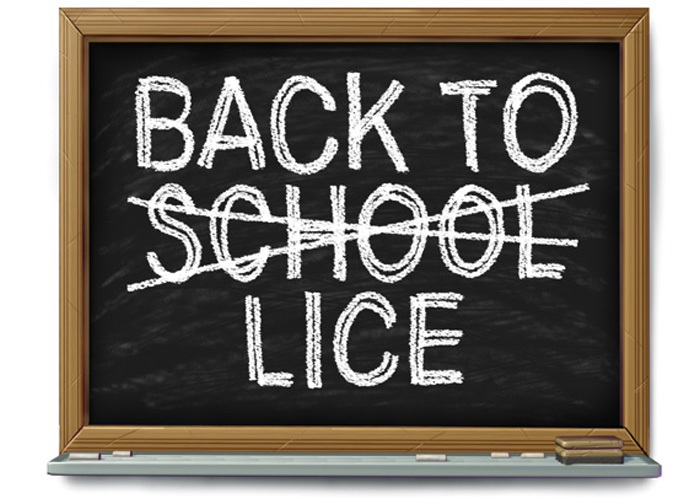
Some 98 per cent of all lice are now thought to be resistant to chemical insecticides
Tackling other parasitic infections
Aside from head lice, other common human parasitic infections in the UK include threadworm and scabies...
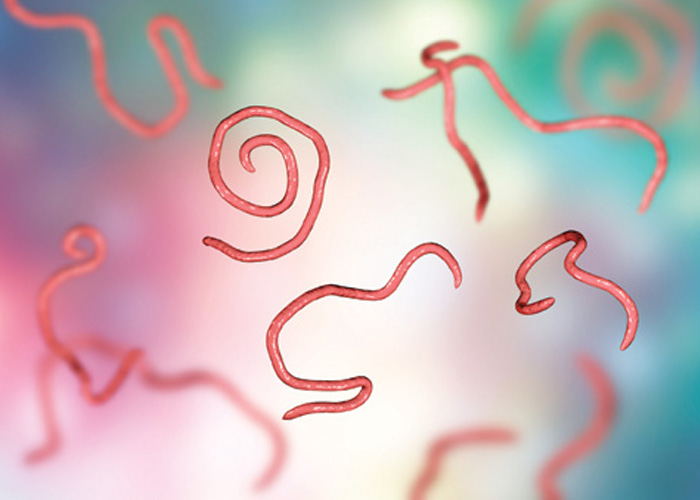
Threadworms
Treating threadworms involves a two-pronged approach of mebendazole-based OTC products and hygiene measures. Mebendazole is licensed in liquid and tablet form for people aged over two years, but can be used off-label in children aged over six months.7
Medication successfully targets worms in the gut with a single dose but does not kill not their eggs, making it essential to practise good hygiene for two weeks after treatment. Failure to do so can lead to eggs being reingested, which will seed a new cycle of infection.
Towels, sleepwear and bed linen should be washed thoroughly, the entire home vacuumed and damp dusted (with particular focus on bedrooms) and bathrooms rigorously cleaned. It is important to treat all household members at the same time even if they are not displaying any symptoms.
For the next two weeks, everyone in the household should wear close-fitting underwear to bed, should shower or wash their bottom, change their underwear on waking and change nightwear daily. Practising ongoing good hygiene measures is also key to preventing future threadworm infections.
Customers should be encouraged to wash and scrub under their nails after waking, after using the toilet/changing nappies and before eating or preparing food. Thumb sucking or nail biting should be discouraged. Toothbrushes should be kept in a cupboard and rinsed well before use, and the sharing towels and flannels avoided where possible.
Scabies
Scabies is characterised by intense itching, usually at night, which is caused by a microscopic burrowing mite. This highly contagious parasite spreads by prolonged periods of skin-to-skin contact, frequently through sex, and most outbreaks in the UK tend to occur in winter. Treatment centres on permethrin- or malathion-based creams and lotions applied to the whole body.
NICE CKS recommends permethrin 5% cream as the first-line treatment for adults and children aged over two months, with malathion 0.5% as a second-line option in cases where permethrin is contraindicated (e.g. in patients with a chrysanthemum allergy) or not tolerated.8
Treatment should be applied to cool, dry skin over the entire body from the chin and ears downwards and left on for eight to 12 hours for permethrin and 24 hours for malathion before washing off.8
A second application should be repeated after one week and, as with threadworms, everyone in the household requires treatment irrespective of symptoms. All bedding and clothes must be washed at 60oC or higher on the first day of treatment (or sealed in a plastic bag for at least 72 hours to allow mites to die) and close physical contact with others avoided until the full treatment course has been completed.8
References
- Ayling L. Head lice could be eradicated for good as social distancing during lockdown stops the pests from spreading, leading researcher says. Daily Mail Australia. May 28, 2020
- Rumbelow H. If we all get combing we could banish nits for good. Sunday Times.
May 18, 2020 - British Association of Dermatologists (BAD). Head lice. Leaflet updated May 2017
- NICE CKS. Head lice. Last revised December 2016
- NHS: nhs.uk
- Gellatly K et al. Expansion of the Knockdown Resistance Frequency Map for Human Head Lice (Phthiraptera: Pediculidae) in the United States Using Quantitative Sequencing. Journal of Medical Entomology 2016; 53(3):653-659
- Tidy C. Threadworms. Patient.info. Last edited 2 April 2020
- NICE CKS. Scabies. Last revised November 2017
